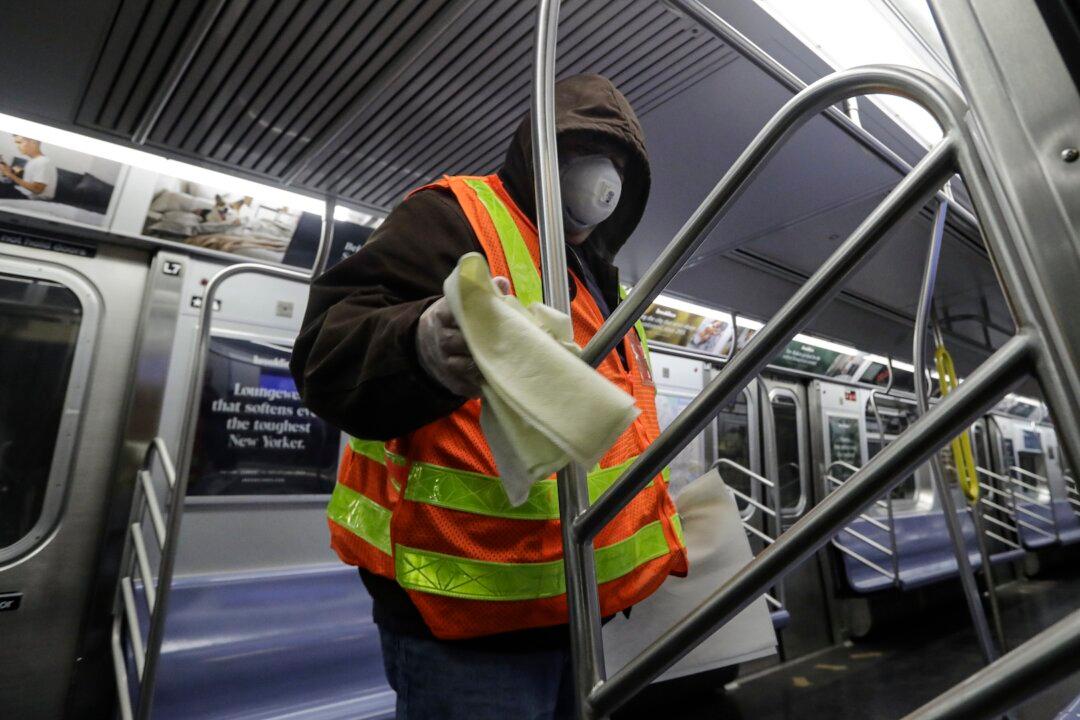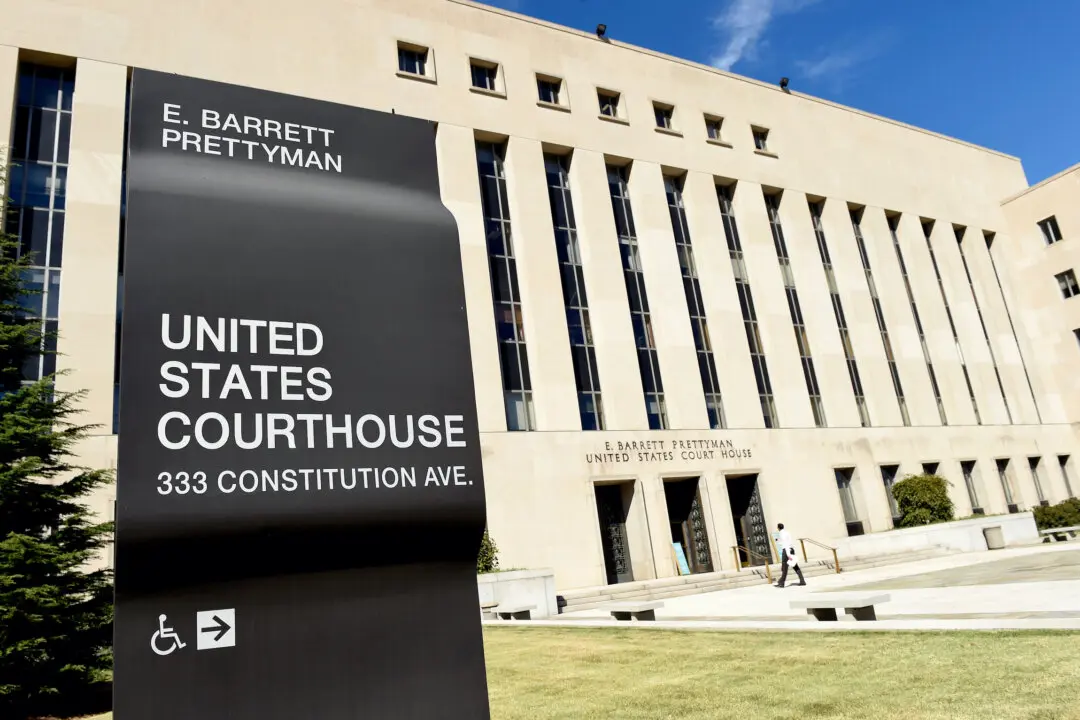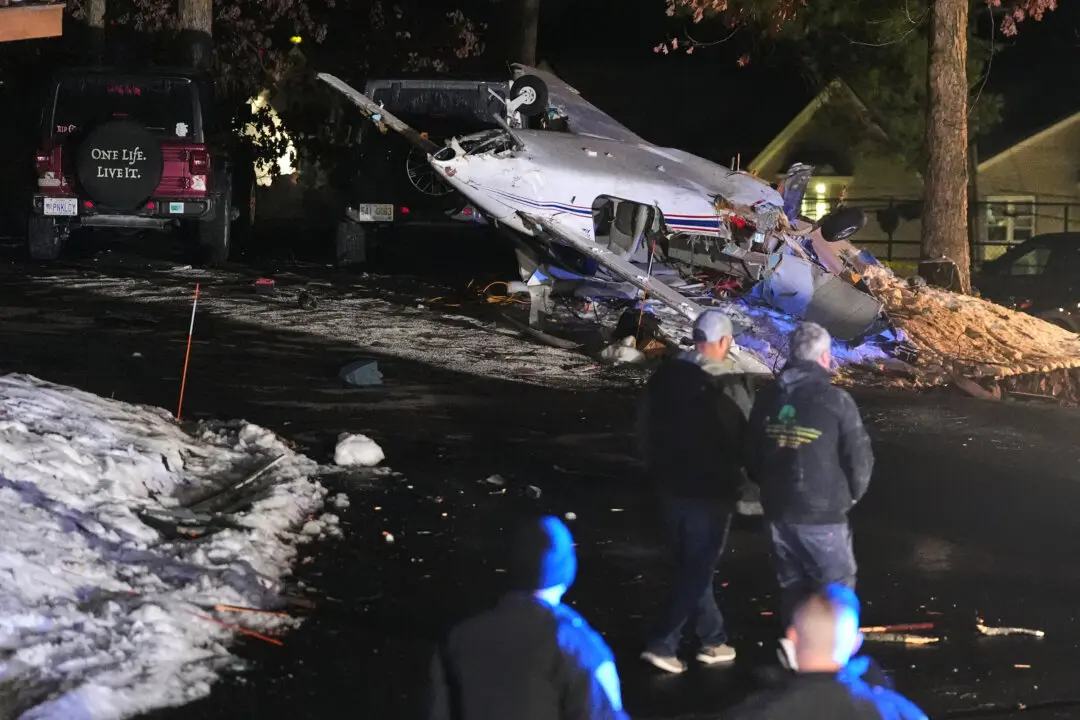NEW YORK—The great majority of people being newly hospitalized with the CCP (Chinese Communist Party) virus in New York are either retired or unemployed and were avoiding public transit, according to a new state survey, the first such look at people still getting seriously ill despite six weeks of severe social distancing.
The survey of 1,269 patients admitted to 113 hospitals over three recent days confounded expectations that new cases would be dominated by essential workers, especially those traveling on public transportation.





